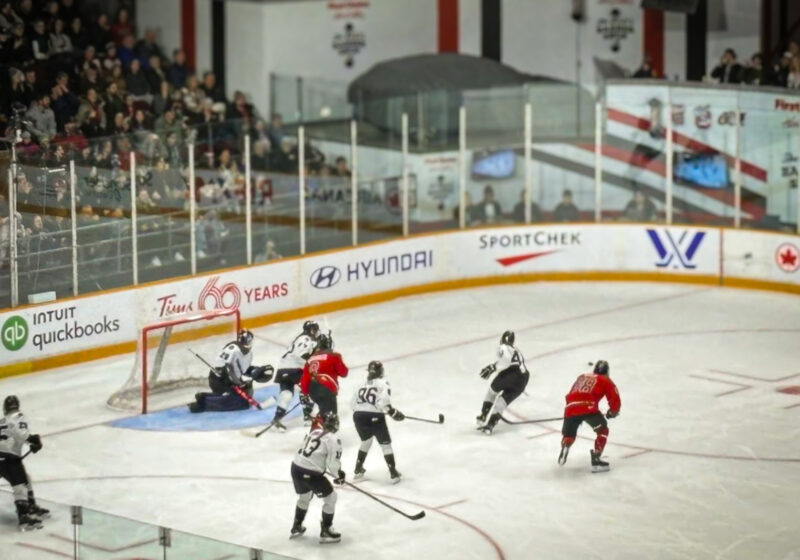A team of UR researchers found that Instagram profiles could be analyzed to monitor and find patterns in underage drinking habits. They presented their findings at the 2015 Institute of Electrical and Electronics Engineers International Conference on Big Data in Santa Clara, CA on Oct. 29, as well as in a paper named “Monitoring Adolescent Alcohol Use via Multimodal Data Analysis in Social Multimedia.”
The team consisted of lead researcher and UR professor Jiebo Luo, Master’s students Ran Pang and Agustin Baretto and UR computer science professor Henry Kautz. Luo and other researchers had already been working with social media to study human behavior for some time—this January, Luo and colleagues developed a computer program that could monitor a user’s mental health by analyzing video data and Twitter posts.
This time, Luo and his team used social media to research underage drinking, “a problem that our colleagues in the UR Medical Center brought up,” he said. The paper references the fact that, according to the 2013 National Survey on Drug Use and Health, there are more than 4,300 deaths caused by underage drinking every year.
Luo added, “We chose Instagram because it’s actually the most popular platform for teenagers, the same group of people we want to study.”
Their paper cites a poll from investment bank Piper Jaffray, which found that 30 percent of U.S. teens considered Instagram the most important social network in the spring of 2014. In comparison, 27 percent and 23 percent considered Twitter and Facebook the most important respectively.
While Luo and his team knew Instagram was popular with teenagers, Instagram didn’t tell them which profiles did or did not belong to teenagers. However, by using Face++, a facial recognition tool, the researchers can determine a user’s age, gender and race from their selfies with high rates of accuracy.
Luo added that while the accuracy of Face++’s gender and race estimates are easily verifiable, “age is a little bit tricky.” In their case, though, they “[had] an advantage.”
Luo explained, “The typical operation mode of Face++ is, given one image, spit out an age estimate. But, in our case, for each Instagram user, we have lots of selfies of the same user.” The researchers can then average multiple estimates for a more accurate age estimate, tentatively achieving an age error within one year.
Then, to determine whether these users are posting drinking-related photos, the researchers rely on tags and text associated with the pictures. They compared the text with terms in their “alcohol dictionary,” a collection of alcohol-related phrases and alcohol brands.
With these “two pieces of the puzzle,” Luo said, the researchers could figure out when these teenagers post drinking-related pictures by using data-mining techniques to discover patterns in time such as when underage drinking increases.
Ideally, the researchers would also like to know where these teenagers post drinking-related pictures. According to the researchers, since Instagram removes geolocations, so they followed up on this in a study where they use other social media to find where underage drinkers tend to gather. They also tracked the relationship between the Instagram accounts and alcohol brands, finding major differences between the kinds of alcohol media adults and teenagers are exposed to.
Previously, Luo explained, this kind of study has been limited to surveys of small numbers of people and that for sensitive issues like underage drinking, respondents may not respond truthfully, if at all. Analyzing Instagram makes it possible for the researchers to increase the scale and truthfulness of their information, with the researchers acting as “passive observers.”
In applying their work, Luo would like to see if they could work with school districts and youth organizations to help them develop more effective prevention and intervention mechanisms. They found, for instance, that underage drinking increases around the holidays. In response, for example, youth organizations could then organize a campaign against underage drinking around that time.
“I want to emphasize, this research is not targeted at any individual,” Luo said. “Our goal is to aggregate information so that we can understand the behavior of teenagers’ drinking as a whole.” The researchers analyzed around 15,000 public accounts from across the U.S.
In the long run, the researchers aim to use similar methodologies to expose patterns in other substance abuse problems, and they are in the process of extending their work to analyze problems like teenage smoking, drug use, obesity, stress and depression.
Lai is a member of the class of 2018.


